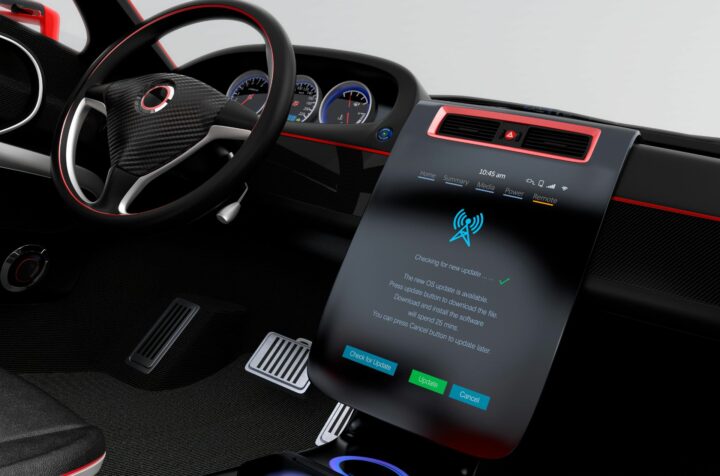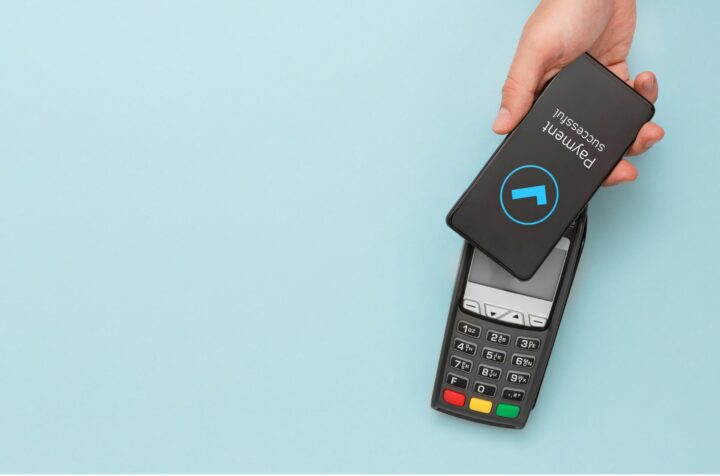Complementing our presentation at Bosch ConnectedWorld 2024, we take a closer look at the need for early user experience (UX) validation – along with crowdtesting – when developing digital solutions for the automotive industry.
It’s in keeping with the conference’s overall theme of focusing on key digital business trends, and there’s no bigger trend for the industry right now than the development of smart, connected cars. Within such a dynamic landscape, the user experience is the critical element that defines success.
What then are some of the key benefits of getting UX right, bright and early?
- Reduced development costs and time-to-market: By identifying and addressing usability issues early in the development process, you can avoid costly rework later on. This can significantly shorten the time it takes to bring new connected car features to market.
- Improved user experience: By getting user feedback early on, you can ensure that connected car experiences are intuitive, easy to use, and meet the needs of your target audience. This can lead to a more positive UX and increased customer satisfaction.
- Reduced risk of safety issues: Connected cars are increasingly reliant on digital technology, which can introduce new safety risks. By validating the UX of these systems early on, you can identify and mitigate potential safety issues.
This means, of course, that you can’t ignore the human element throughout the development process. The more people that you use to check the usability and UX of your solution, the closer you get to a harmonious blend of innovation and user satisfaction. And that means your product can truly take flight!
In this regard, crowdtesting is a great way to quickly engage very specific people or an extremely diverse group to test and review your solution. It’s also a proven way to gain real-world insight into what customers actually want – and that means you can build features that really resonate with them!
If you’re interested in learning more about how early UX validation and crowdtesting can do this, you can join us at BCW24 in Berlin this February, where we’ll be giving a joint deep dive presentation with Tom Acland from 3DEXCITE at Dassault Systèmes.
Join onlineWhen combined with early UX validation, crowdtesting can also help to address a wide range of connected car UX challenges, such as:
- Integrating multiple screens and devices
Connected cars often have multiple screens and devices, such as infotainment systems, navigation systems, and dashboard displays. Early UX validation and crowdtesting can help to ensure that these systems integrate seamlessly and provide a cohesive user experience.
Consider e-mobility solutions, such as route planning for electric vehicles and home charging solutions. By integrating user feedback early in the development cycle, OEMs can refine digital interfaces to ensure a seamless and user-friendly experience.
- Managing distractions
Connected features can be a source of distraction for drivers. Early UX validation can help to identify and mitigate potential distractions, such as by using clear and concise interfaces and limiting the amount of information that is displayed at once.
- Enhancing safety
Connected features can also improve safety by providing drivers with information about their surroundings, potential hazards, and how their vehicle is operating. Early UX validation can help to ensure that these features are designed to improve safety.
While we’re here, let’s look at some specific challenges.
Passenger entertainment = content variety, navigation complexity, and interactive features
See how crowdtesting helped BMW Motorrad to optimize the UX of their ConnectedRide app for their riders.
Read hereWhether a dedicated screen or downloadable app, people expect a seamless and positive experience when it comes to entertainment.
With early UX validation and crowdtesting you can identify and address potential usability issues related to the system’s physical interface (such as button placement and text size), while ensuring that your solutions appeal to a broad audience and meet diverse preferences and expectations.
Function on Demand = integration complexity, user expectations, on-the-go usability
By prioritizing UX validation early in the software development cycle, automotive teams can proactively address the challenges associated with these subscription-based features.
This approach not only ensures seamless integration of a wide range of features, including dynamic lighting, immersive navigation and entertainment experiences, and more, but also accounts for varying user expectations and cultural nuances. Early validation is key to delivering a seamless, easy-to-use, and culturally adaptive on-demand experience.
Over-the-air updates = data consumption, update disruptions, compatibility issues
Early UX validation along with rigorous testing helps ensure that over-the-air updates are not only technically sound, but also provide a positive and user-friendly experience.
In-car payments = security concerns, usability and efficiency, integration with other systems
This feature involves complex interactions between the user and the vehicle interface, requiring a focus on security, usability, and overall user satisfaction.
Early UX validation is critical to identifying and addressing potential payment-specific user interface challenges. From ensuring the clarity of transaction instructions to optimizing the speed of the payment process, early validation ensures that these systems are not only secure, but also seamless and intuitive, providing a frictionless and secure in-car payment experience.
For every challenge, a crowdtesting solution
There’s no doubt that providing a positive UX is a challenge, whether dealing with connectivity issues, localization, system compatibility, usability, performance, and many (many) more. Fortunately, there is a crowdtesting solution that can help automotive OEMs meet any challenge – from usability testing, exploratory testing, to localization testing. Click here to see which is best for you.
It’s also possible to integrate virtual reality into your crowdtesting processes, adding a new dimension to UX validation where it’s possible to simulate real-world scenarios through immersive testing experiences.
Interested in learning more? During our Network Hub Session at BCW24, we’ll be discussing (in detail) customer-centric automotive feature development with mixed reality and crowdtesting.
By embracing early UX validation and crowdtesting, automotive OEMs can navigate these challenges with confidence.
Together, they serve as the driving force behind the creation of connected automotive solutions that redefine user experiences and set new industry standards.








